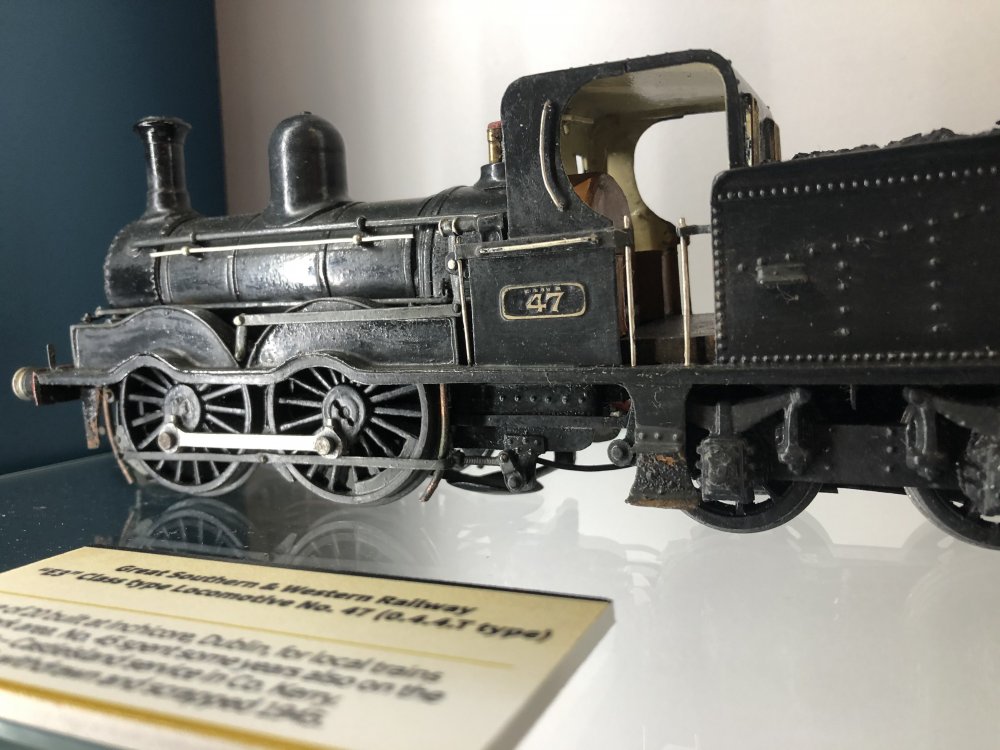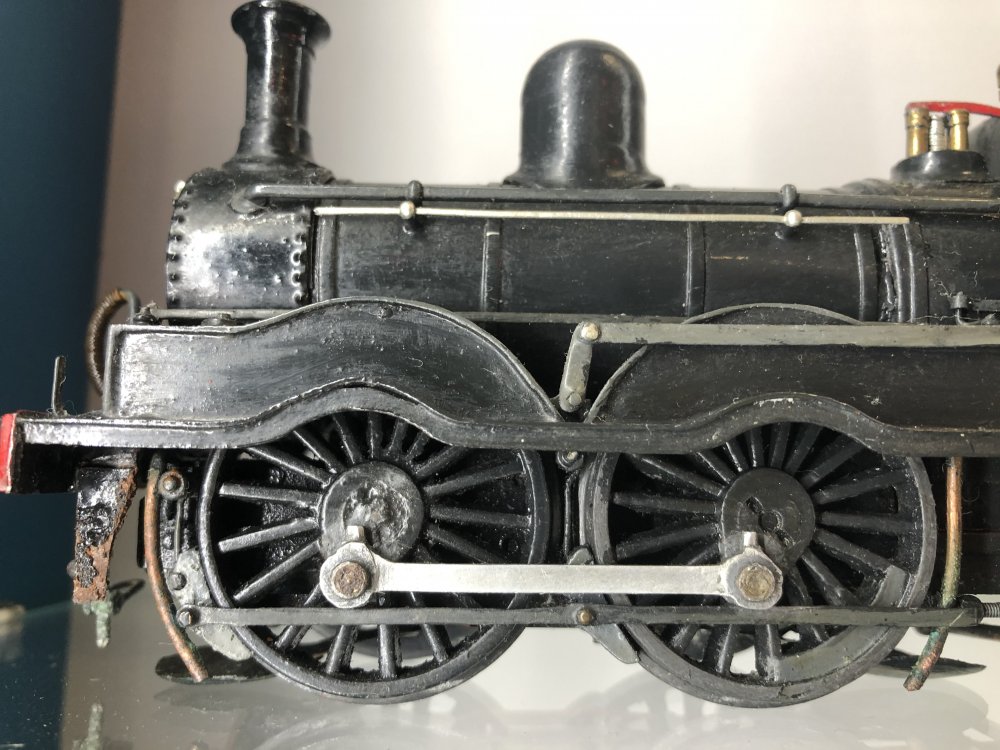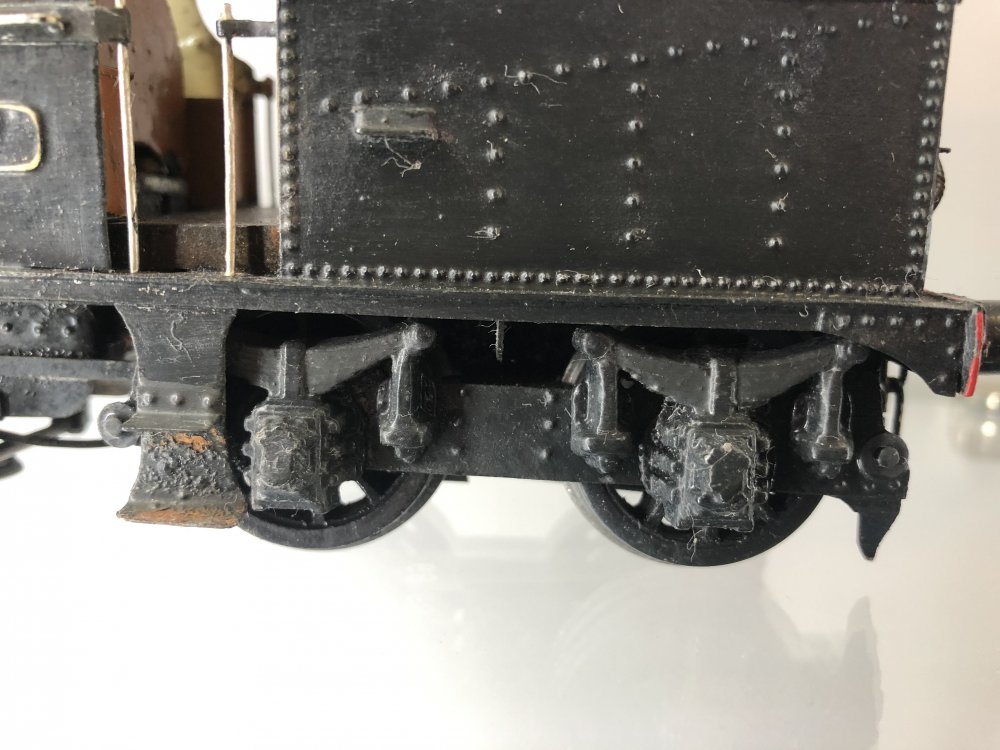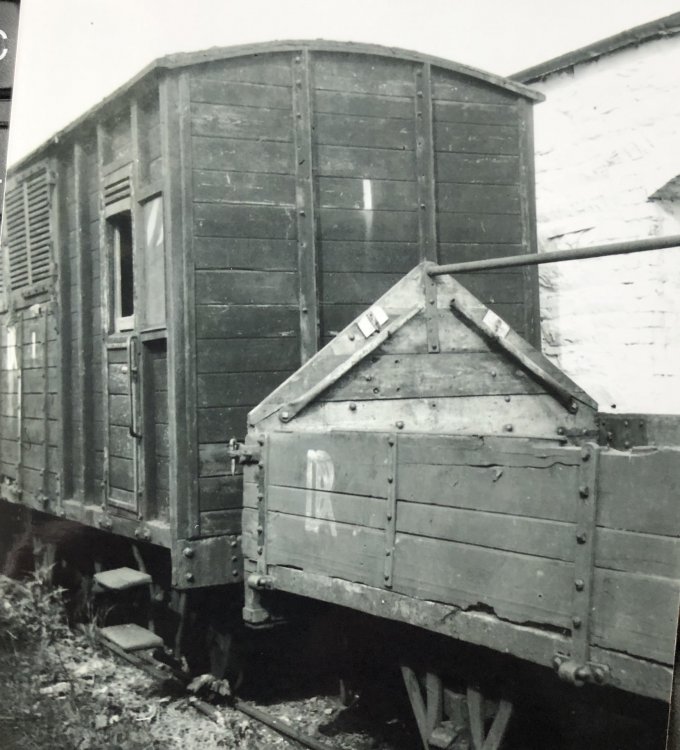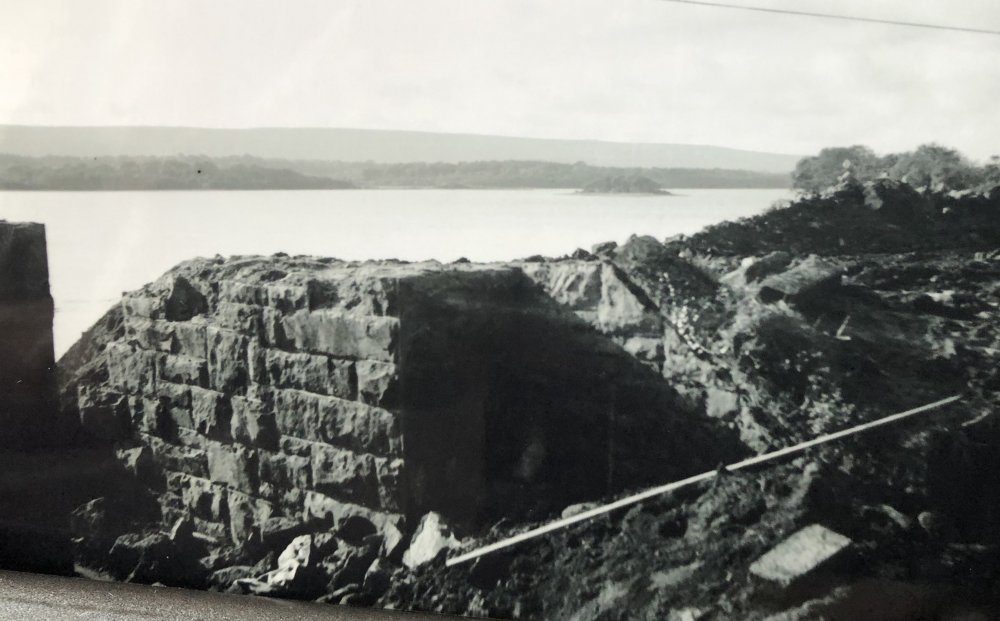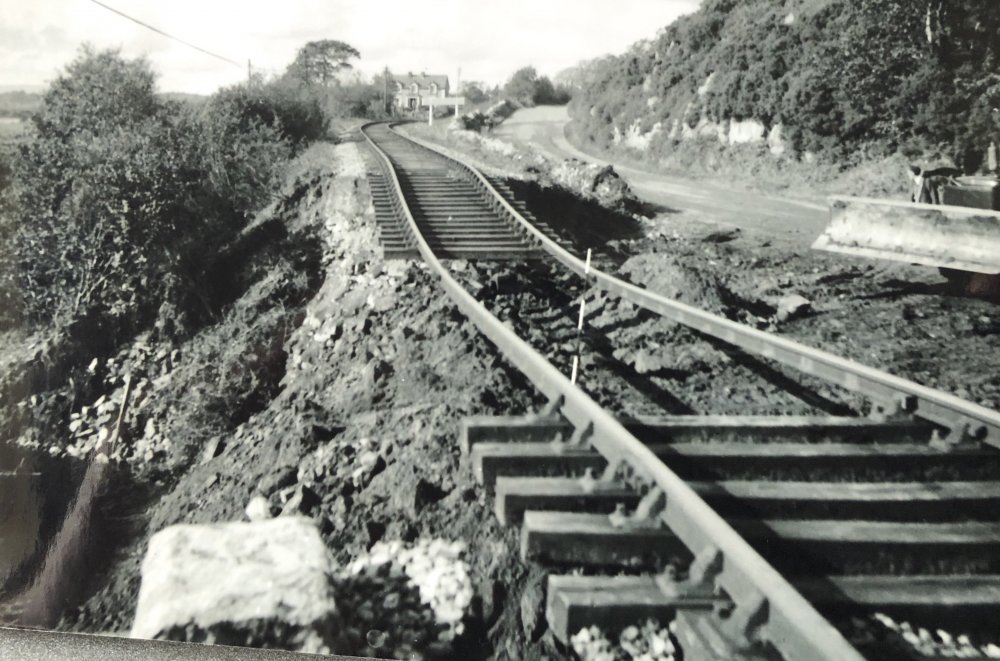-
Posts
15,915 -
Joined
-
Last visited
-
Days Won
394
Content Type
Profiles
Forums
Events
Gallery
Blogs
Community Map
Everything posted by jhb171achill
-
Walker Diesel Class F - ECMbuild in 4mm for OOn3
jhb171achill replied to murrayec's topic in Irish Models
Superb!!!- 136 replies
-
- 1
-

-
- class f
- west clare
-
(and 1 more)
Tagged with:
-
Maybe NIR forgot it too when they repainted the turquoise band over the bumblebee stripes?
- 469 replies
-
- 1
-

-
- ballyercall
- layout
-
(and 1 more)
Tagged with:
-
Hard to tell in artificial light, but the grey's not bad.... I think there would be a grey band above window level too - the blue right up to the cantrail seems to have appeared when the turquoise band replaced the "bumblebee" mid-waist lining. Very nice job you've done.
- 469 replies
-
- ballyercall
- layout
-
(and 1 more)
Tagged with:
-
I would normally think long and hard before parting with sums much bigger than that for a loco, but I would certainly buy a couple and I am certain that many more here would too. But would he sell 5000? That would be the issue. I think irrespective of whether a re-run ever happens or not, PM owes nobody anything! His models so far have been ground-breaking.
-
Walker Diesel Class F - ECMbuild in 4mm for OOn3
jhb171achill replied to murrayec's topic in Irish Models
I always wondered what they would have looked like in black, had they lasted only 2 or 3 years more!- 136 replies
-
- 2
-

-
- class f
- west clare
-
(and 1 more)
Tagged with:
-
I see what you mean, Mike. That was a raised rim. The lining would be very obvious on the bunker if it was in GSWR pre-1915 times. It need not be GSR era - the GSWR started the unlined grey at some point between 1915 and 1918. This is Fry’s model of one, for interest, in grey.
-
I hadn't noticed that smaller window before. I think they were all initially with three windows same size.
-
Yes, it's pure Inchicore! The GSWR operated Wexford - Rosslare locals. It's after 1918 as the engine is in plain grey. Prior to that it would be very obviously lined (and black) as the GSWR made sure engines were clean. It was one of sixteen built between 1879 and 1884 (this one 1886). They were class E3. Most were scrapped in the 1930s but this was one of a trio which survived as the last examples to 1945. They were initially used on branches in the south and south-west, and were very much associated with Cork, Waterford and that area. Wexford - Rosslare locals, and possibly Rosslare - Waterford. If the picture is after 1925, I am sure they put in appearances on the North Wexford line from time to time. Cork suburban services had them too - they worked Youghal and Cobh trains too.
-
mgwr preserved railway Connemara Railway project.
jhb171achill replied to ttc0169's topic in What's happening on the network?
Ah! You know about the barn....... don't tell anyone! Travel to the Provincial Principality of Michelle & Arlene and take a drive on down - nobody will stop you north or south.... -
Indeed - and oul steam-head HERE has SIX of ‘em! Question - will the 121s have the same power unit in them?
-
Sometimes truth can be stranger than fiction! In the summer of 1958 or 1959 a wooden-bodied GNR coach, still bearing GNR crests and brown livery, worked on the West Cork system for a short time!
-
A half-share. I’ve only 2 cars.
-
If a “C” appears, I’m selling the car....!
-
Last post for the moment shows the elusive and camera-shy Co. Donegal Railways horsebox No. 1, lurking in the sidings at Stranorlar in 1937. It retains its (faded) 1920s black livery.
-
An absolute must for the "green & grey" era. I'll take three.
-
So, RPSI condition. Thanks for the clarification.
-
Martin, presumably the grey version will not have the side handrails?
-
Can you just imagine posting this a few years ago!!!!!
-
....but not a 6 bed house in D4!
-
Well, I'm thinking of selling two BGMs and a four wheeled wagon, and buying a 6 bedroom house in Dublin 4..............
-
The inhabitants of MMTowers have thought of everything!
-
In 1956, a period of very heavy rain and a rise in the level of Lough Erne resulted in the embankment of the Great Northern Railway’s Bundoran branch to be washed away during the night, leaving a culvert destroyed and the track hanging in the air. The District Engineer in Enniskillen (my father) was roused from his slumbers about 5 a.m. to attend the scene, and the railway was closed during repairs. Eighteen months after it had been fully repaired and rebuilt, this line plus every other one in the wider area, was closed and dismantled with one stroke of a pen by the distant and short-sighted Stormont government. (H C A Beaumont collection)
-
mgwr preserved railway Connemara Railway project.
jhb171achill replied to ttc0169's topic in What's happening on the network?
Yes, firstly, that site was not then available. The study was done some ten years ago. Secondly, the terms of remit were related to a 5'3" gauge set up, very much along Downpatrick lines, within a 45 minute drive of Dublin, as such a market is essential to any 5'3" gauge project if it is to be financially viable without external help from either a funding body, local authority, tourism body or private individual(s).
.png.c363cdf5c3fb7955cd92a55eb6dbbae0.png)

